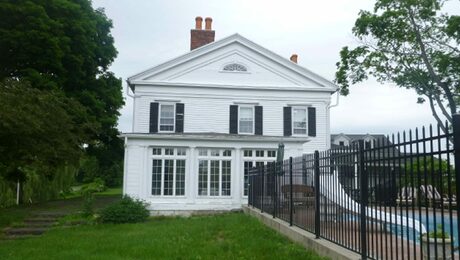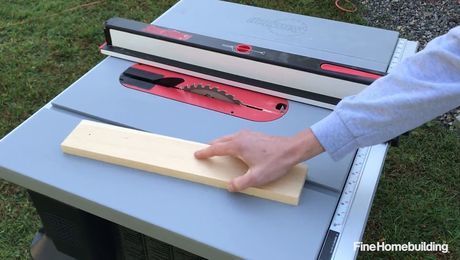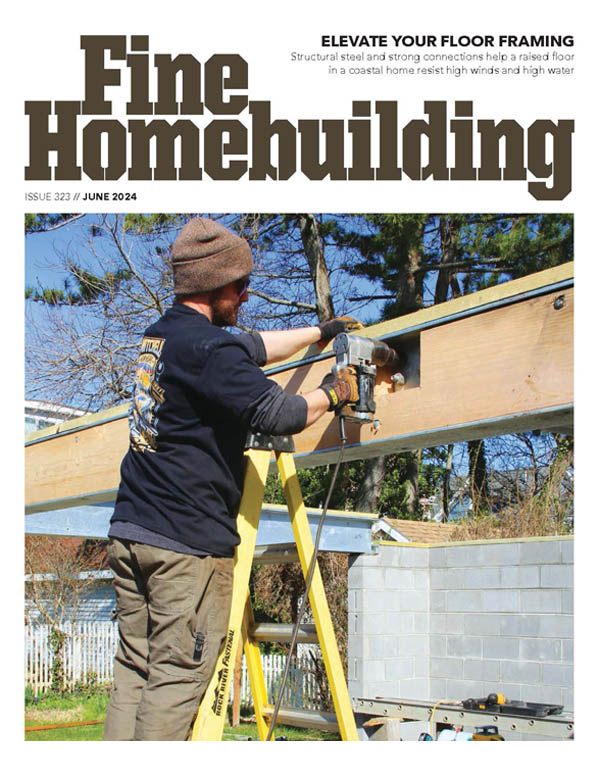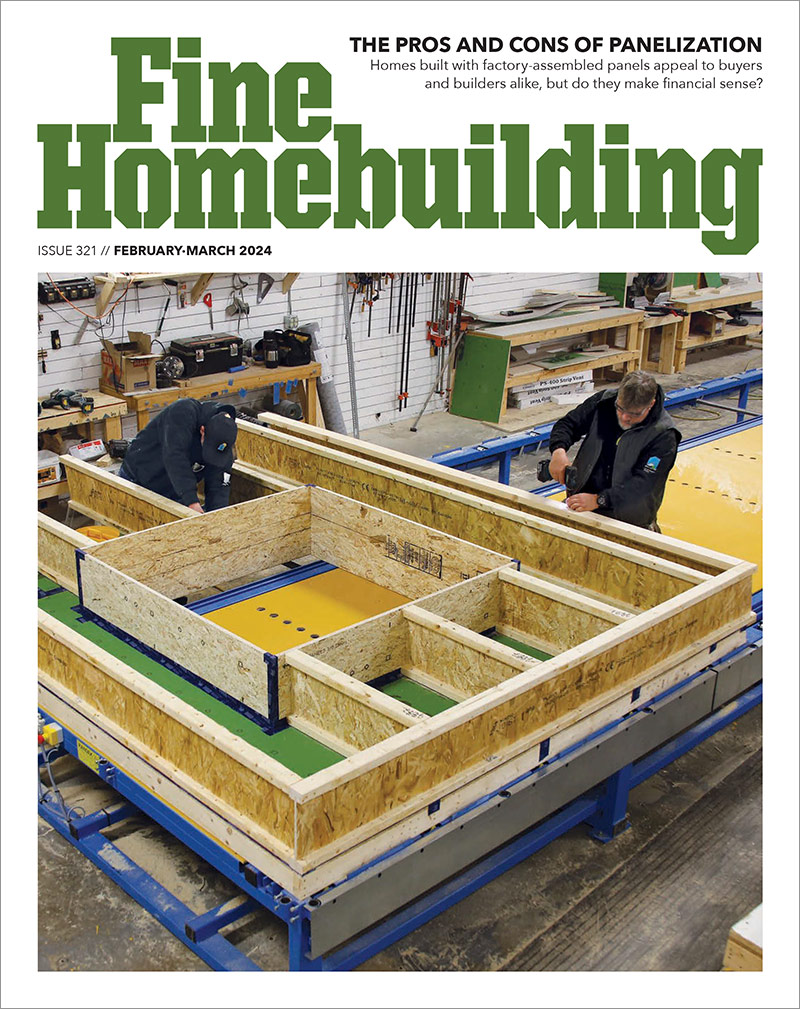Need help with sistering floor joists.
I need advice on strengthening a floor. The house in question is sold, but the home inspector noticed that the drywall in the dining room ceilng was cracked. He went upstairs and began jumping on the floor above the dining room. Considerable bounce. Apparently, the room above was previously storage space. He assumed that the joists were undersized for the span. (The room is 12 x 14). The buyer now wants the floor strengthened. I went to look for myself before bidding. It seemed to me the floor would be easier to strengthen from above; instead of tearing out the celing from below. (Partly because the plaster was curved in the corners—tray ceiling, ) Also, a new subfloor would need to be glued and screwed to the floor to increase strength. Luckily, I discovered, the room behind the room in question was infinished. I pulled up the plywood and discovered that the room in question’s joists were 2 x 8’s that had been notched on the top to accept the new partition wall. (Why they did it that way I have no idea.) My question is:
Due to the notching, is the joist effectively a 2 x 6 since that’s the measurement on the end?
Does the new sistered on framing member have to go bearing to bearing? (I can get bearing on the interior bearing wall, but unfortunately in the upstairs room, the outside wall is in a few feet in from the roof of the first floor. (If you look out the window in this wall, you can see a few foot of roof above the first floor…I hope that makes sense!). I don’t think I can thread a new 2 X 8 all the way. Would I be better to sister on 2 x 6 bearing to bearing or a 2 x 8 with bearing on one side, but joist hangered between the other joists on the outside end with a nailing schedule of every sixteen inches?
If I can’t get to both bearing points, won’t the floor still stiffen just with the added lumber nailed to the joists. Once the new subfloor is glued and screwed shouldn’t that take out the majority of the bounce?
Sorry to spring such a long email on you. I think I may have WAY underbid this, if I have to tear up the roof to thread new joists into the bays….
Edited 10/20/2005 1:28 am ET by Cooper
Edited 10/20/2005 1:30 am ET by Cooper















Replies
The way i understand it the existing joists are full 2x8 depth along their run but 2x6 at the point of bearing. I think you are better off with a full bearing to bearing sister: If you double the width strength increases 50%, if you double the depth strength increases 200%. Hanging a new joist of hangers 3/4 of the way down is a bad idea, it just creates a new stress point for sagging. I assume that the existing joists are 16 oc not 24. Let me know if I haven't understood you correctly.
There are lots of previous discussions on this topic. If you go to the top of the list of discussions, there is a "search" function you can use to enter key words like "strengthening floor" or "sistering joists" and it'll give you these previous discussions. Some folks have said that it is not necessary to have the sistered joists go all the way to the bearing walls. I think notches at the top of a joist aren't as bad as notches at the bottom, but others (and previous discussions) can give you better answers.
I'm a little unclear from your discription but let me make a few comments:
If the second floor exterior wall is bearing on the second floor joists, just a few feet from the outside wall, then I'd say there is likely to be a bit of additional (concentrated) load near the outside end of the joist and that is where I'd expect to need to have the new sistered joists bearing. This is probably the location of the most shear on the joists. What is the roof framing? (especially the roof tha is above the second floor space as this is apparently bearing on the second floor joists and not all the way out at the first floor exterior walls)
The room above is 12x14 but it sounds liek the actual second floor joists are spanning longer than 12 or 14 feet. (Given that the second floor wall is a few feet in from the first floor wall.) Is this correct?
The notch you describe is for a partition wall. Where is this wall located in relation to the bearing of the second floor joists? (presumably the interior bearing) Also, is tis partition wall supporting any roof loads?
It would be improper to prescribe a repair without more detailed knowledge of the joist layout and the actual (code required) loading but I have attempted to give some insight to the considerations woudl look for regarding this question. If you could describe a typical joist by the length, and what loads and at what points along the lnght they occur, it would be helpful. I mus tsay though, that for the conditions you describe, i would recommend that a qualified structural engineer should look at the conditions so that the correct loading is used to evaluate this condition.
The room is actually 12 x 12, with the outside wall on the second floor shifted in 2' from the first floor outer wall. (The room beneath is 12 X 14). The interior wall on the opposite side from the shifted window (the one that's notched into the 2 x 8) is over the bearing wall on the first floor. The joists are spaced 16' center.
Will a 2 x 6 x 14 sistered on be enough to strengthen the floor to code? Double up screwed and glued 3/4 T & G OSB on top.
Edited 10/20/2005 9:56 pm ET by Cooper
A chain is only as strong as its weakest link.
Adding joists/plywood without bearing at both ends will only dictate where the failure will occur (the point where the additional structure ends).
Going from bearing to bearing with the 2x6's sistered to the original joists sounds like the best solution (from my understanding of the situation anyway).
That depends on your definition of "best". Many times there are a number of considerations to balance. Additionally, you are supposing the 2x6's would actually be sufficient. I think the best solution would consider the actual loading and address ease of construction also. No doudt adding something from bearing to bearing would be better than adding the same thing but stopping it short of bearing on one side or both but the question becomes, how easy is it to do that and if it is not required to make the condition safe and serviceable, why should we require it?
That's why I added "from my understanding of the situation anyway." Not saying it's an easy solution, but remember seeing some posts where people asked if they could beef up the middle of a structure (lateral), without addressing the supports (because of difficulty reaching them, old-fashioned laziness, etc.). All this will do is make the doubled-up portion stronger, which means any failures will occur beyond the last connection to the additional structure. And adding plywood sheathing above will make a stronger surface, but doesn't solve the issue of what's holding it up in the first place (and might even be more detrimental from a) adding weight to the load and b) taking away the "bounce" so that the warning sign of weakness is gone, and possible failure happens instead in sudden shear).Your comments about whether 2x6's are sufficient or even necessary were assumptions on my part. Since the original post was about structure though, wanted to be clear that you can't be too creative with gravity.
Cooper,
"Apparently, the room above was previously storage space." "that had been notched on the top to accept the new partition wall."
ie; It was an attic needing 2x8's to support the ceiling below. Someone added sheathing and called it a room.
New owner wants it made into a "real" room with a floor.
Bet'cha the 'trampolined' wall is a gable end without much roof load. Hope like heck that it's not carrying a ridge beam.
So ya got 2x8's 16"OC spanning 14' and carrying at least a GE, maybe half a roof.
Yer gonna have to edumacate your client as to what's possible and what's dangerous.
Ya got a "hidden conditiions" clause in yer contract? If so, time for a big Change Order. If not, I'ld pull out and take whatever loss you already incurred and ask for a new contract.
I'm thinking you have to shorten the knee wall and sister in 2x14's, but you will need an Engineer or Archy to truely understand what you must do to make this a safe room to have.
This is a re-remodel job, not a repair.
"I think I may have WAY underbid this, if I have to tear up the roof to thread new joists into the bays...."
That's what happens when you bid a job without completely building it on paper first.
Make the clients give you a stamped set of plans, that'll CYA and let you give a fair bid.
SamT
Cooper - I also think a trip to a qualified design professional (archi or engineer) would be prudent. You can easily get typical spans off tables, but here there are other considerations, like how the weight of that outside wall, and maybe some roof also, affects the beams below that you want to sister.
Another consideration is what is in the way? Are there wires running through these joists? Maybe pipes? Insulation batts? All of this is going to make this an interesting mess.
Good luck. Don K.
Project update. I had a structural engineer come out and look at the project. He ran some calculations suggested using 2 x 6 X 14 bearing to bearing, a nailing schedule on 16"s, and t & G glued and screwed.
After opening up the floor completely, I was able to push aside the insulation in the two feet of joist bay under the outside knee wall, and I could see bearing. I was also able to bring the boards in through the window, bend them first into the joist bay on the interior walls and then slide the boards two feet under the knee wall onto bearing. I clamped, screwed, and nailed the boards on 16"'s. Then glued and screwed 3/4 tongue and groove. WOW, what a difference in stability. Spent the next few hours repairing the plaster coated drywall in the dining room ceiling. (I also had the fun of repairing the hole created when my apprentice's foot came through the ceiling!) Everything looks good. I've got to reinstall the carpet and sand and paint the dining room.
Everything all told, it's taken about 36 man hours to complete, plus about $360 in materials to complete. (Although I've still got about 5 hours tomorrow touching up, etc.) Checked Quickbooks for the job costing and I made about $2200. Not bad for four days work. (I know you builder types consider that chicken feed, but for a newbie like me, I'm happy....)
Thanks to everyone for the their input....